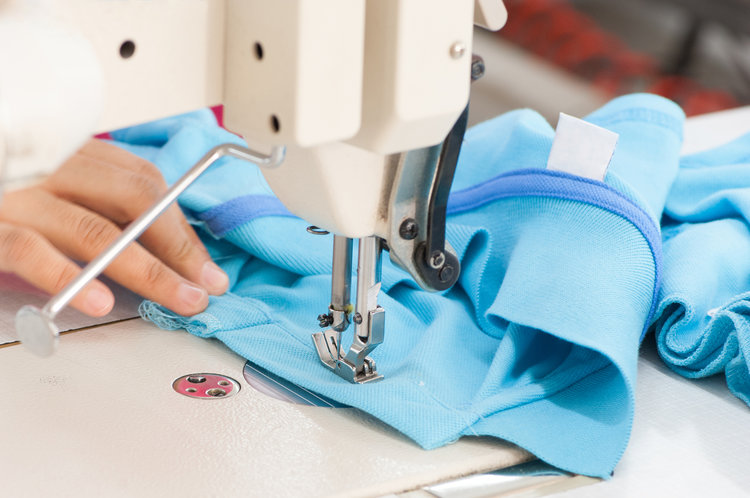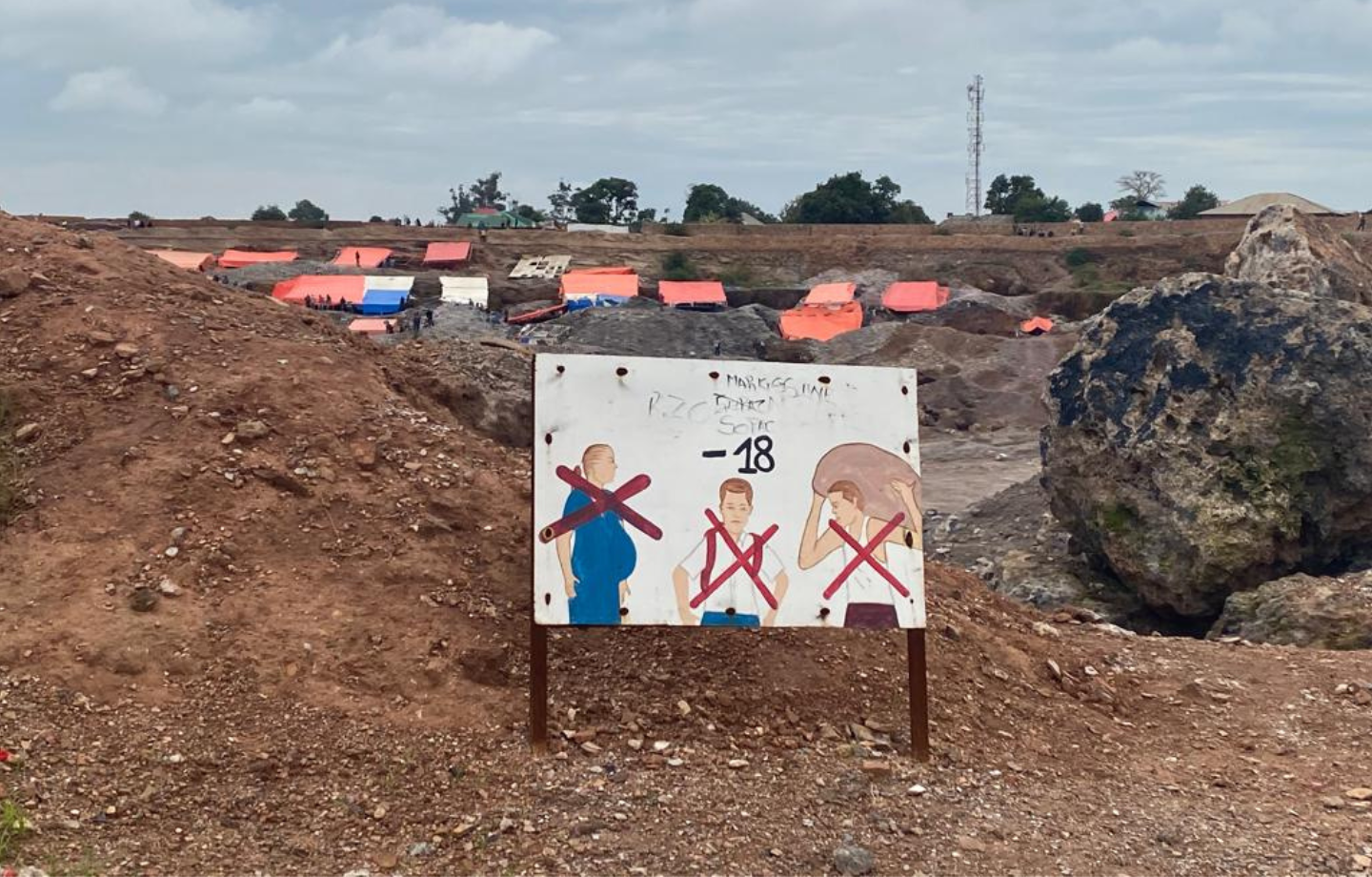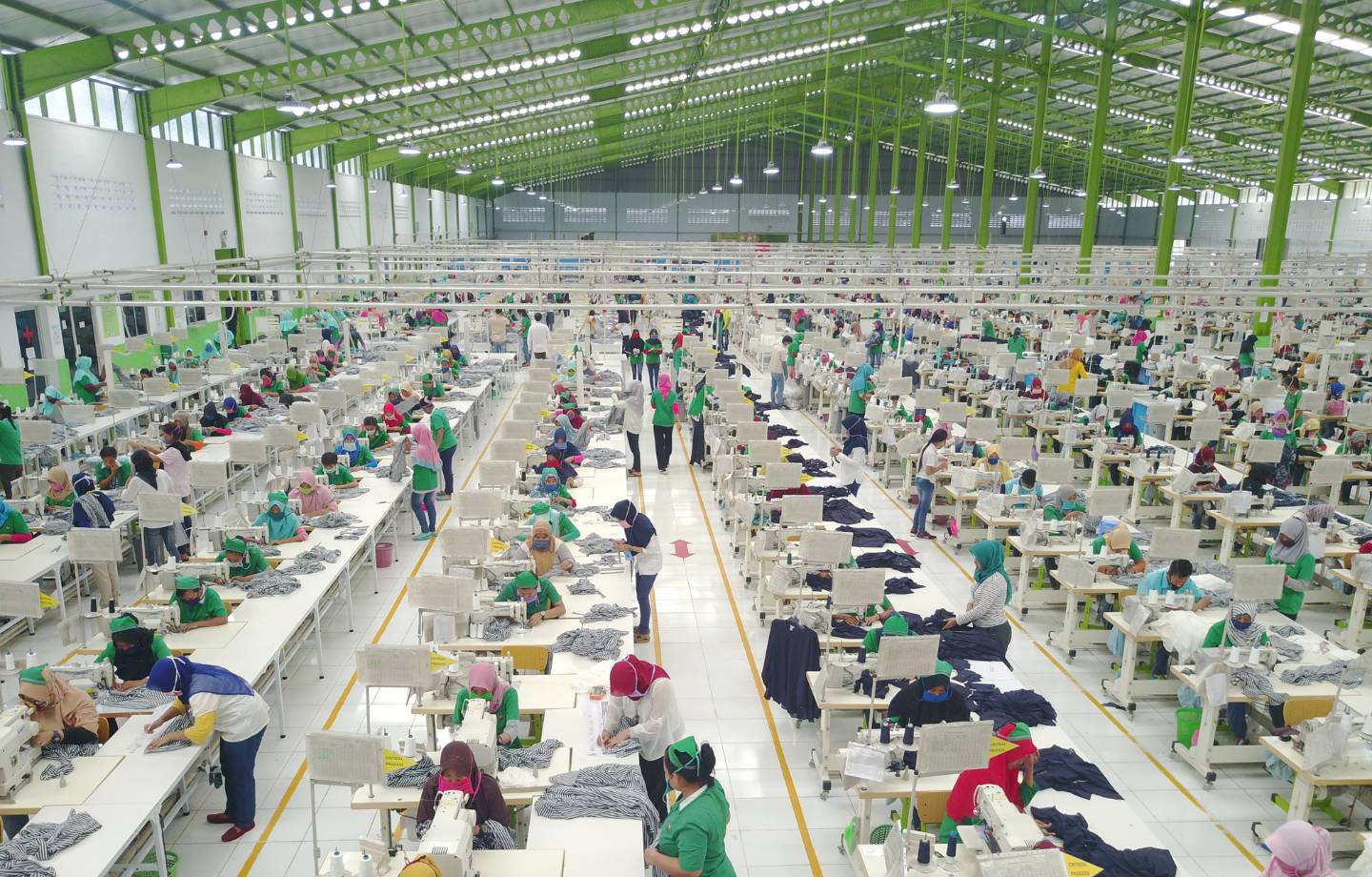What the Spice Girls Show Us about Apparel Manufacturing in Bangladesh

February 5, 2019
The Guardian has brought attention back to poor conditions in the apparel industry in Bangladesh with a story about the pop music group the Spice Girls.
The episode concerns a clothing factory called Interstoff Apparels, where workers allegedly are paid salaries below the Bangladeshi minimum wage, forced to work overtime, and subjected to verbal harassment and abuse if they cannot meet production targets.
The situation at Interstoff came to light because the company made T-shirts designed and commissioned by the Spice Girls. Decorated with the slogan #IWANNABEASPICEGIRL, the shirts are being sold to raise money for the Comic Relief charity and to champion equality for women. Given that the vast majority of allegedly mistreated workers at Interstoff are poor women, the irony is hard to miss.
Stories of celebrities unwittingly patronizing substandard manufacturing operations in Bangladesh unfortunately aren’t new. Why do these issues persist?
Some of the details in the Spice Girls case point to recurrent themes in the global supply chains of the garment industry:
- Auditing alone does not fix certain factory problems: Interstoff has been making clothing for major U.K. brands such as M&S, Tesco, and Mothercare. All of those brands have ethical sourcing guidelines and apparently conducted regular social audits at the Interstoff site to ensure compliance with their standards. But there is a growing consensus among industry experts that audits often miss issues like harassment and abuse and fail to reveal the root causes for chronic issues like excessive overtime. Even if an auditor mentions these issues in a report, the brand still may not know why the problems occur or how to remedy them. Audits at best provide a to-do list. They are not a cure.
- Indirect sourcing increases risks for workers: Comic Relief and the Spice Girls apparently checked the ethical sourcing credentials of the online retailer Represent from which they commissioned production of the #IWANNABEASPICEGIRL T-shirts. However, the retailer had switched the manufacturer without telling the pop group or charity. In our research, we have found that such “indirect” sourcing practices increase the complexity of an already complicated supply chain and reduce the buyer’s ability to ensure compliance with social standards.
- Narrowly focused brand-driven initiatives create “islands of compliance” for individual issues but fail to acknowledge the real scope of factory problems: Interstoff has participated in the Accord on Fire and Building Safety in Bangladesh, an initiative of more than 200 mostly European brands that formed after the tragic Rana Plaza factory collapse in 2013. As its name suggests, the Accord has aimed to improve fire-safety and building standards in the brands’ direct supply chains. Over the past five years, brands like M&S and Tesco have worked through the Accord to improve factory safety at the sites of their Bangladeshi contractors. According to the Accord’s records, Interstoff’s progress is 100% on track. But the initiative’s exclusive focus on fire safety, building integrity, and electrical safety means that it does not look into other pressing labor-rights issues in these factories.
The Spice Girls incident shows that to prevent labor-rights issues from recurring, more holistic approaches are needed, both at the brand level and at a systemic level.
Brands that are committed to mitigating labor rights risks in their supply chains are assessing their own purchasing practices as a source of risk. Some have started to move from a transactional sourcing model, with fixed terms and conditions for suppliers, to a model based on a longer-term relationship with suppliers, in which some terms can be re-negotiated. For example, if a brand changes the order volume due to the sudden popularity of a product, suppliers may receive an extension of shipping deadlines. On other occasions, suppliers may have difficulty ordering raw materials according to the brand’s specifications, and they may be able to discuss alternative materials.
If brands have direct, longer-term relationships with their suppliers, and conversations over production specifications are encouraged, audits may become less necessary. Through greater cooperation, brands can support more supplier training which, in theory, ought to improve productivity, quality, and working conditions. Moving away from a top-down transactional approach may also help to change brands’ and suppliers’ attitudes. Respect for labor rights are no longer seen merely as a cost of doing business, but as an asset for long-term business success.
Brands alone, however, will not be able to drive change in a way that is comprehensive and sustainable. Initiatives like the Accord are commendable for forging broader brand collaboration, but they fail to fully integrate key local stakeholders that could ensure that progress on factory safety is sustainable. With the Accord’s term coming to an end (it was set up for five years but has been granted several extensions), brands and civil society organizations fear backsliding on factory safety. Also, the Accord’s narrow focus on factory safety does not address the many other labor-rights violations that are very common in manufacturing in developing countries generally, not only in Bangladesh.
To look at these challenges comprehensively, we suggest an approach that is built on an understanding that Western brands, local manufacturers, civil society groups, trade unions, international finance institutions, and governments need to share responsibility to address long-standing problems in global apparel supply chains. Only if all these actors accept a fair share of responsibility will systemic issues in supply chains be addressed strategically and comprehensively. This is the most promising path to truly empowering women in Bangladesh and other sourcing countries.
 Global Labor
Global Labor


